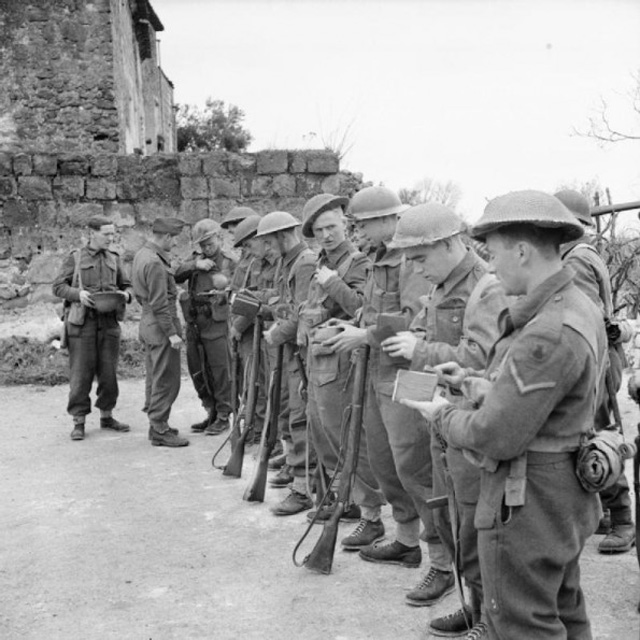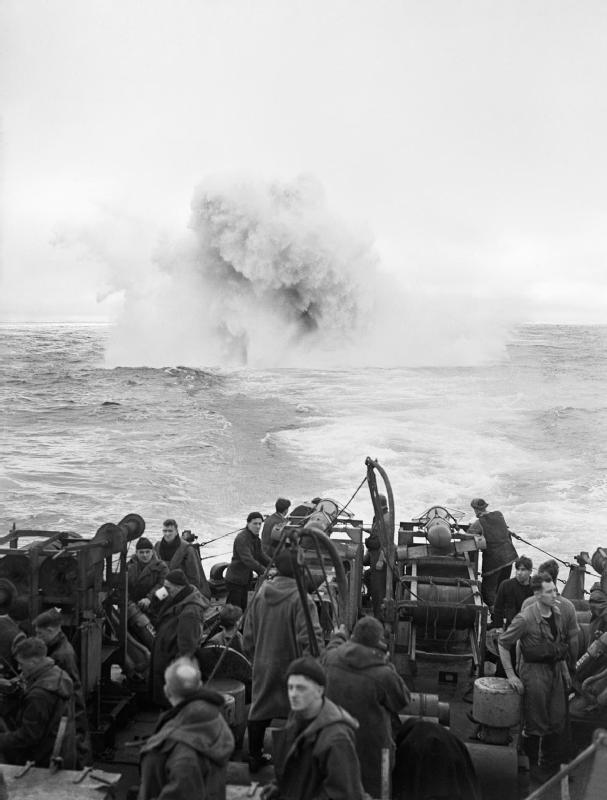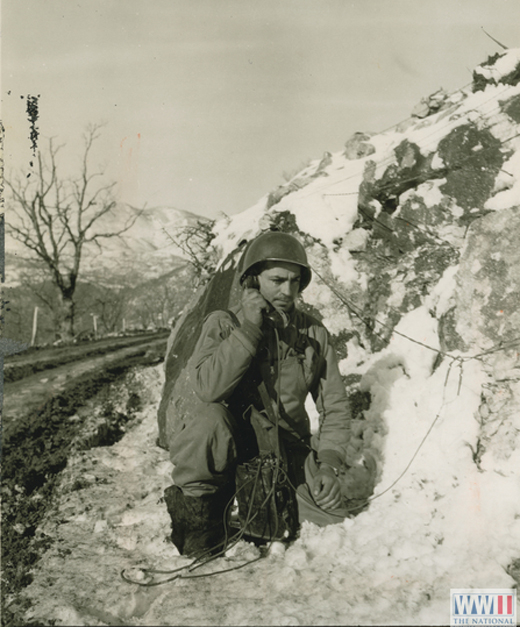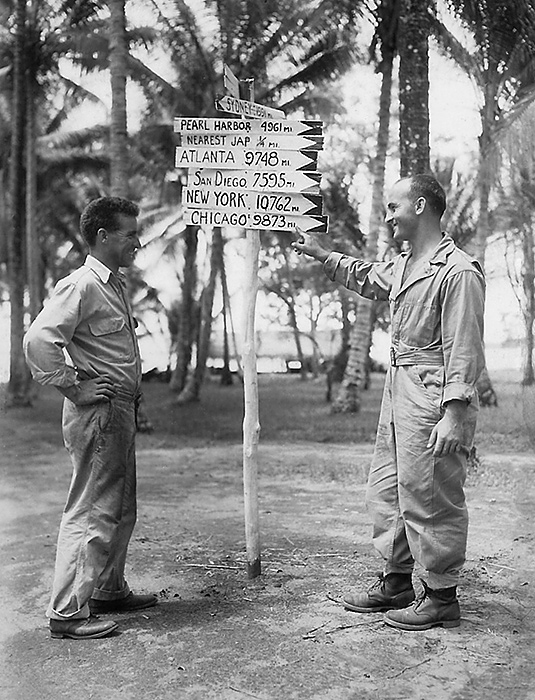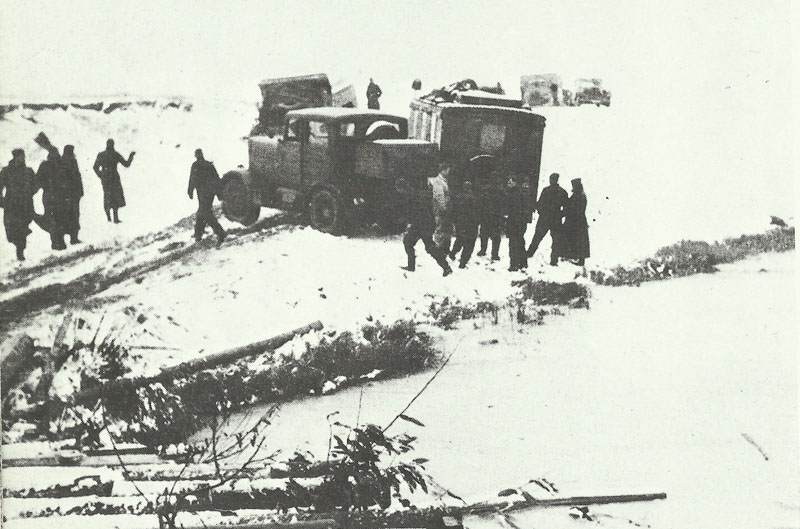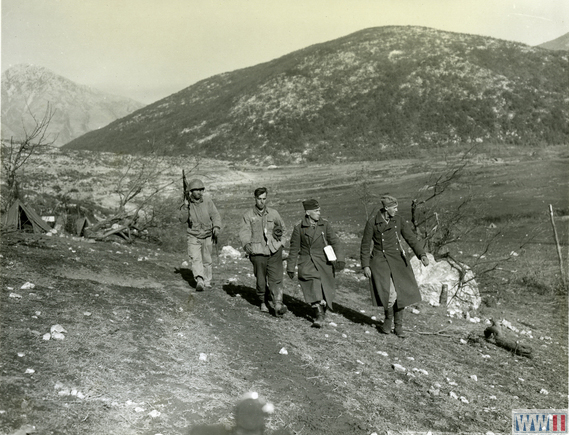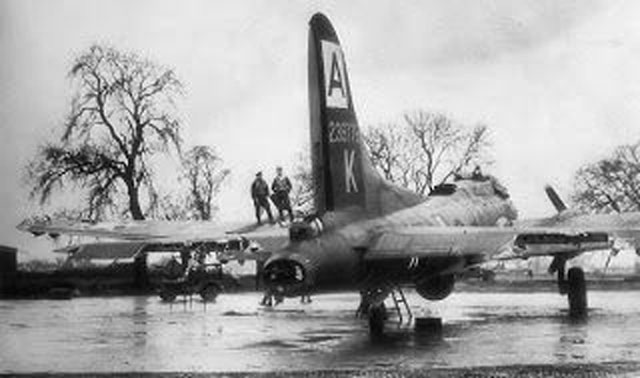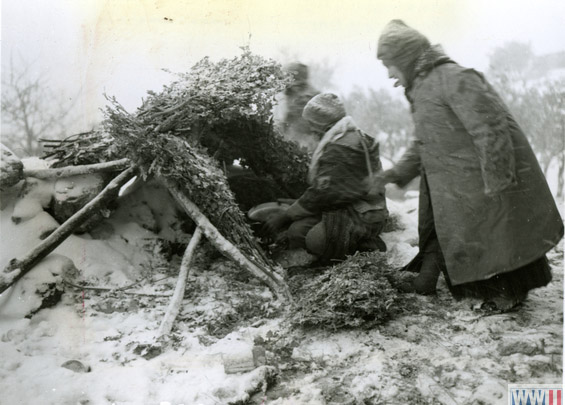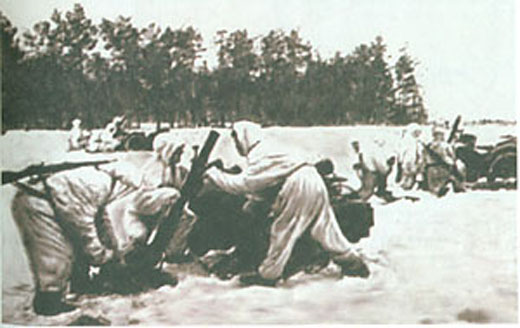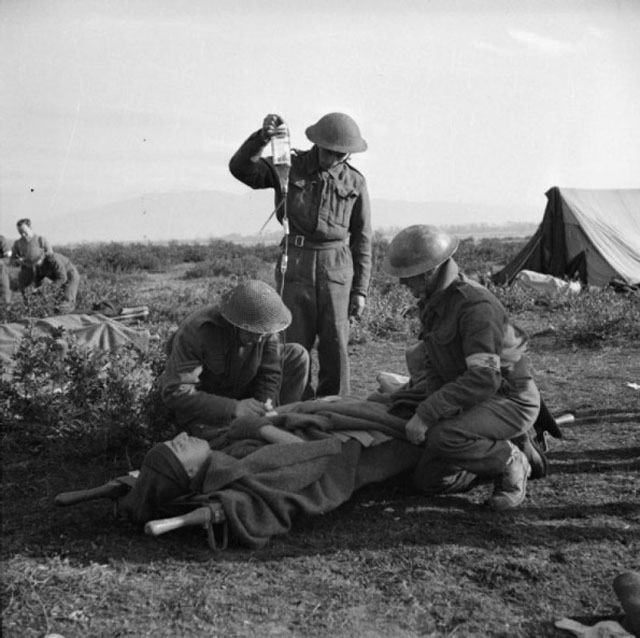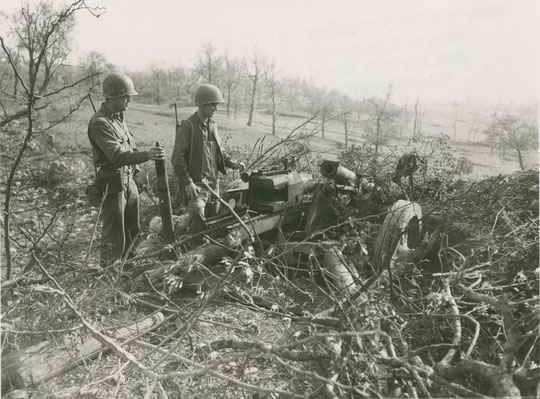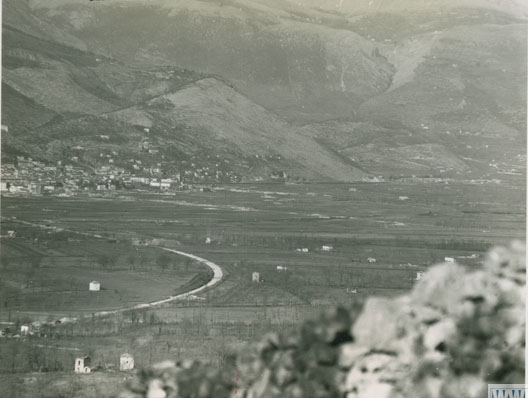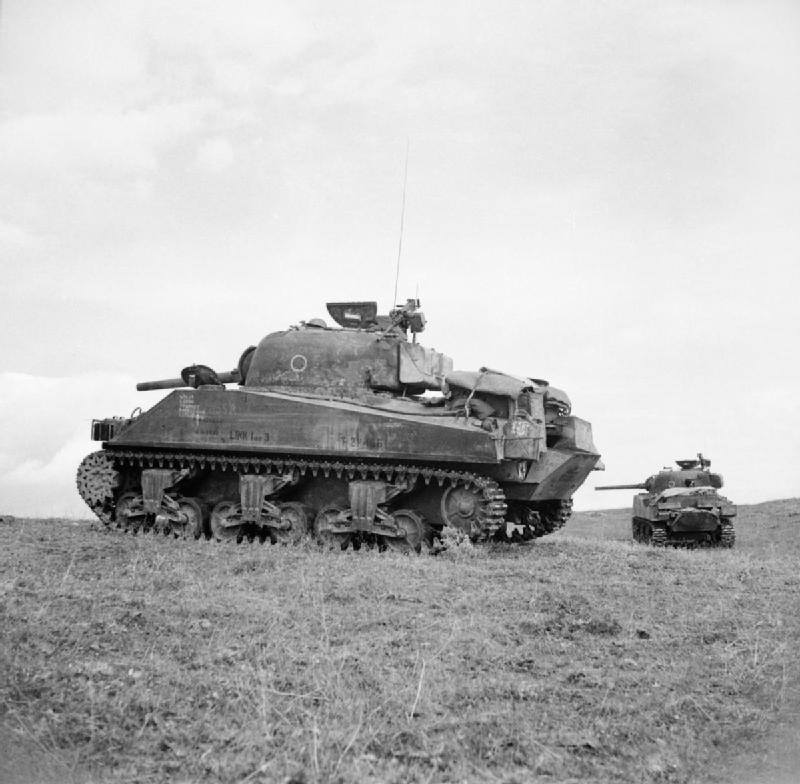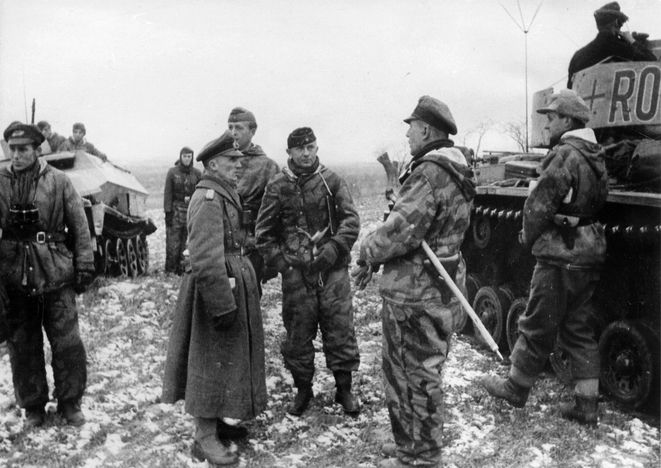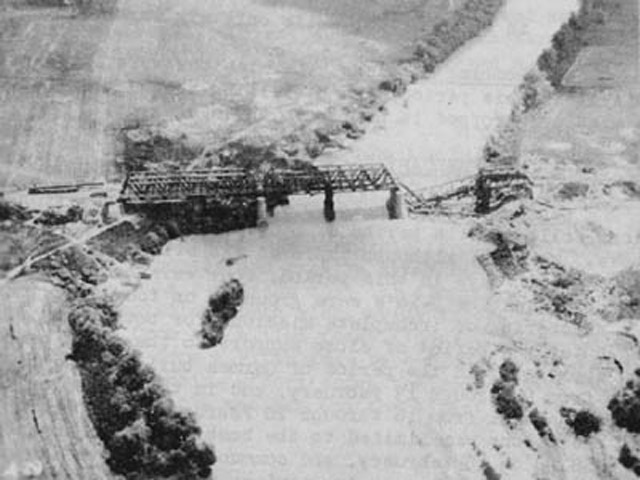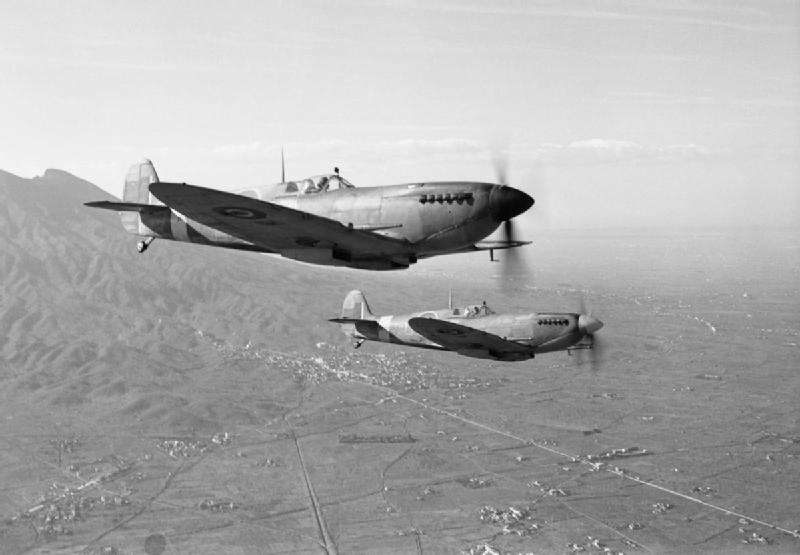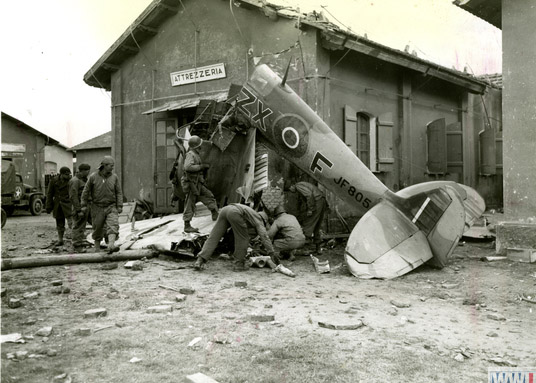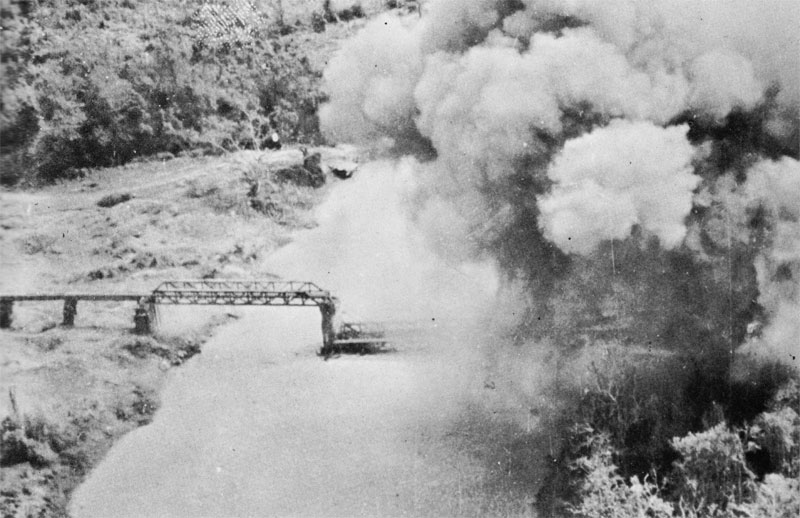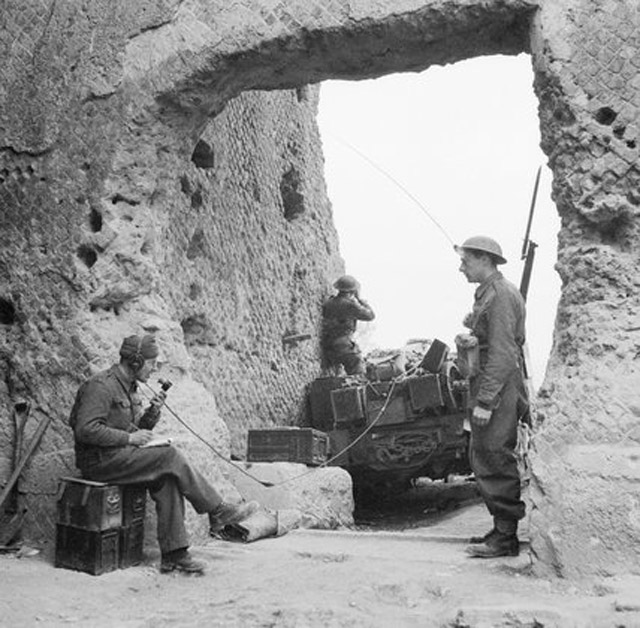Air Operations, Bismarcks
- Beginning at 0611 hours, US carrier aircraft from Task Group 37.2 attack 2 Japanese light cruisers and 2 destroyers at Kavieng, New Ireland. Damage is negligible and 1 SB2C and 2 F6Fs are lost.
- VF-18 and VF-30 F6Fs down 13 A6M Zeros over the Kavieng area between 1045 and 1105 hours and a VF-18 F6F downs a Ki-61 'Tony' fighter at sea near Task Group 37.2 at 1352 hours.
- V Bomber Command B-25s attack Borgen Bay, A-20s attack Japanese Army ground forces at Cape Gloucester, and V Fighter Command P-39s attack barges along the northern coast of New Britain.
- 15 of 21 XIII Bomber Command B-24s are sent, escorted by 48 AirSols F6Fs and 25 P-38s, to attack the Lakunai airfield at Rabaul through heavy anti-aircraft fire and as many as 90 Japanese fighters. 1 B-24 is lost over the target area and 2 battle-damaged B-24s crash-land at Torokina Field on Bougainville.
- A VMF-321 F4U downs an A6M Zero near Rabaul at 1210 hours and VF-33 and VF-40 F6Fs down 3 Japanese fighters over the Rabaul area between 1210 and 1220 hours.
Air Operations, Europe
RAF BOMBER COMMMANDBattle of Berlin
Evening Ops:
- 421 Lancasters are sent to Berlin.
- There is a Mosquito diversionary raid to Hamburg, but does little to draw fighters away from the main bomber stream. They hit the stream early and are active against the bombers on the way to the city. 1,000 tons of bombs are dropped this night.
- 28 Lancasters are lost.
- 15 Mosquitos are involved in the diversion to Hamburg, 11 Mosquitos are sent to Witten, 7 to Duisburg, 4 to Bristillerie, 1 to Cologne, there are 6 RCM sorties and 11 OTU sorties.
- There are no losses.
Air Operations, CBI
BURMA- 6 341st Medium Bomb Group B-25s, escorted by 16 459th Fighter Squadron P-38s, attack a bridge spanning the Mu River at Monywa. During the attack, quite by accident, one B-25 topples two spans while pulling up to avoid a tree. This event becomes the focus of further refinement that develops into a reliable bridge-busting tactic that will be used with great success in the future.
- 11 311th Fighter Group A-36s and 15 P-51s attack the airfield at Myitkyina.
Air Operations, Marshalls
16 VII Fighter Command P-39s strafe the harbor at Mille and shipping in the area.
[Air Operations, New Guinea
More than 120 V Bomber Command B-25s, B-26s, and A-20s, and RAAF aircraft attack Japanese positions at Saidor with 218 tons of bombs in preparation for an amphibious assault by elements of the US 6th Army. Also, B-25s attack Alexishafen and Madang in distant support of the Saidor operation.
[Air Operations, Solomons
- 4 XIII Bomber Command B-24s attack Manob, 2 B-24s and 6 42nd Medium Bomb Group B-25s attack Kahili, and AirSols SBDs attack Japanese Army ground forces around the Bougainville perimeter.
- The 13th Air Force activates the independent 868th Heavy Bomb Squadron to oversee radar-equipped SB-24s already operational in the region. The 5th Heavy Bomb Groupís 394th Heavy Bomb Squadron transfers its SB-24s and their crews to the 868th Heavy Bomb Squadron.
- A VF(N)-75 F4U night-fighter downs a D3A 'Val' dive bomber near the Torokina airfield on Bougainville at 2156 hours.
Argentina
All political parties are banned.
[Britain, Home Front
Sir Edwin Lutyens, O.M., architect, dies at age 76.
[CBI
The 5307th Composite Unit (Provisional) is activated. It is organized into three battalions, each with two combat teams of 100 men each. Along with infantry, each combat team has a reconnaissance element, a medical detachment, a mortar and machine gun detachment, and engineer, communications, and command sections. All equipent for the unit is packed on mules or carried by individual soldiers. The unit will be resuppled by air. The 1st Provisional Tank Group under command of Col Rothwell H. Brown arrives at Ledo. It is composed of 90 M4A4 Sherman medium tanks armed with 76 millimeter main guns and M3A3 Stuart V light tanks armed with 37 millimeter main guns. The unit has a compliment of 29 officers and 222 enlisted men, both Chinese and Americans. Most of the Chinese soldiers, who range between the ages of 15 and 25, had never seen a machine until joining the unit a few weeks prior.
[China
Gen Stilwell sets up the operative headquarters of 'Zebra Force', a Chinese division armed and trained by the Americans.
[Diplomatic Relations
The Russian government has rejected the proposal of the Yugoslav government-in-exile that the two should draw up a treaty of friendship and collaboration, implicitly guaranteeing the sovereignty and independence of Yugoslavia after the war. Moscow's attitude has to be considered in relation to the support given by the Russians to Marshal Tito in opposition to Gen Mihailovic, head of the Chetnik movement and supporter of the monarchy. London, too, after supporting Mihailovic for a long time, has recentyl changed its attitude, giving political and material support to the pro-Communist partisans, who are indeed the main military and political force in the country.
[Eastern Front
The Russians capture Belokovorichi, only 43 km east of the old Polish frontier.
SOVIET COMMANDThe Stavka creates a new 6th Tank Army.
[Germany, Command
Rommel is appointed to command Army Group B covering the expected invasion front from Brittany to the Netherlands.
[Germany, Home Front
Hitler gives his ususal New Year's message to the German people. He attacks the 'Jewish-Bolshevist' alliance fighting against Germany. Germany is determined to continue the struggle. However long it may last, it is infinitely perferable to the fate that the German people would suffer in the event of defeat.
[Mediterranean
Gen Patton hands over command of the US 7th Army to Gen Clark. Clark retains command of the 5th Army and is given the task of planning Operation ANVIL, the Allied landing on the south coast of France.
[New Britain
The headquarters of the force landed on December 26 at Cape Gloucester decides to launch a powerful attack on January 2 in the direction of Borgen Bay.
[New Guinea
The Fleet carrying the troops of the 32nd Division, US 6th Army, on their way to occupy Saidor, north of the Huon peninsula, leaves Oro Bay and joins its escort of destroyers and cruisers commanded by the American Rear-Adm Daniel Barbey.
[New Ireland
Aircraft from Rear-Adm Forrest C. Sherman's carrier task group successfully attack a Japanese convoy off Kavieng destroying several cruisers.
[Pacific
- The US submarine Herring (SS-233) sinks the Japanese aircraft transport Nagoya Maru (6072t) 220 miles south-southwest of Tokyo Bay.
- The US submarine Puffer (SS-268), in an attack on a Japanese convoy at the western entrance of the Mindanao Sea, sinks the army cargo ship Ryuyo Maru (6707t) about 40 miles south of Negros Island.
- The US submarine Ray sinks the Japanese gunboat Okuyo Maru (2904t) at the mouth of Ambon Bay, N.E.I.





